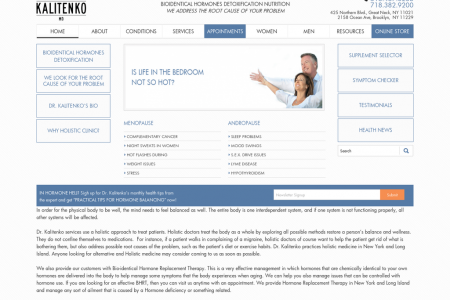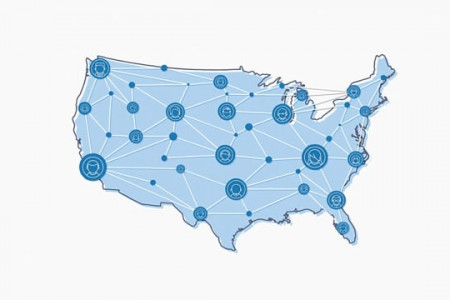
Understanding the Phases of Clinical Trials
THE CLINICAL TRIALS PROCESS FROM TRIAL TO TREATMENT АБ BTAE PHASE I PHASE II PHASE 1IL PHASE IZ İ111111 20 - 100 100 - 300 300 - 3000 1000's Obtain additional info about the effectiveness on clinical Evaluate effectiveness, Monitor ongoing safety in large populations & identify additional uses of the agent that Determine the metabolic and determine short-term side pharmacological actions & the maximally tolerated dose effects & identify common risks for a specific population and disease outcomes & evaluate the overall risk-benefit ratio in a might be approved by the FDA demographically diverse sample Bioavailability Bioequivalence Dose proportionality • Metabolism Pharmacodynamics • Pharmacokinetics • Bioavailability • Drug-disease interactions • Drug-drug interactions • Efficacy at various doses • Pharmacokinetics • Pharmacodynamics • Patient safety • Drug-disease interactions • Drug-drug interactions • Dosage intervals • Risk-benefit information • Efficacy and safety for subgroups • Epidemiological data • Efficacy and safety within large, diverse populations • Pharmacoeconomics • Dose response and tolerance • Adverse events • Efficacy • Patient Safety Efficacy • Pharmacoeconomics • Pharmacovigilance Vital signs • Laboratory data Efficacy • Adverse events • Patient Safety Plasma and serum levels Adverse events Adverse events • Patient Safety • Patient Safety • Randomized • Controlled Single, ascending dose tiers • First in Human • Multiple Ascending Dose • Placebo controlled comparisons • Active controlled comparisons • Well-defined entry criteria • Uncontrolled • Observational 2-3 treatment arms • Broader eligibility criteria Ongoing (following FDA approval) <1 month Months Years Healthy volunteers or individuals with the target disease (such as cancer or HIV) Individuals with target disease, as well as expanded age ranges, Individuals with target disease Individuals with target disease genders, etc. Double-blind study evaluating safety and efficacy of Drug X vs. placebo in patients with hypertension Study of Drug X vs. standard treatment in hypertensive patients study Study of economic benefit of newly- X vs. standard treatment for hypertension Study of a single dose of Drug X in normal subject PHASE Y Phase V is a growing term used in the literature of translational research to refer to comparative effectiveness research and community-based research; it is used to signify the integration of a new clinical treatment into widespread public health practice. PHARMACY Dr.Cure PRESCRIPT Clinical Trials GPS Data of source: www.clinicaltrialsgps.com http://www.clinicalresearch.pitt.edu/docs/comparison_of_clinical_trial_phases.pdf Example Population Duration Design Features Data Focus Factors To Be Identified Objectives Sample Size
Understanding the Phases of Clinical Trials
Designer
Roman RusinovSource
http://www.c...s-the-u-s/Category
HealthGet a Quote











